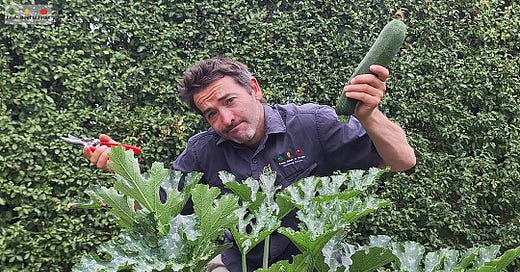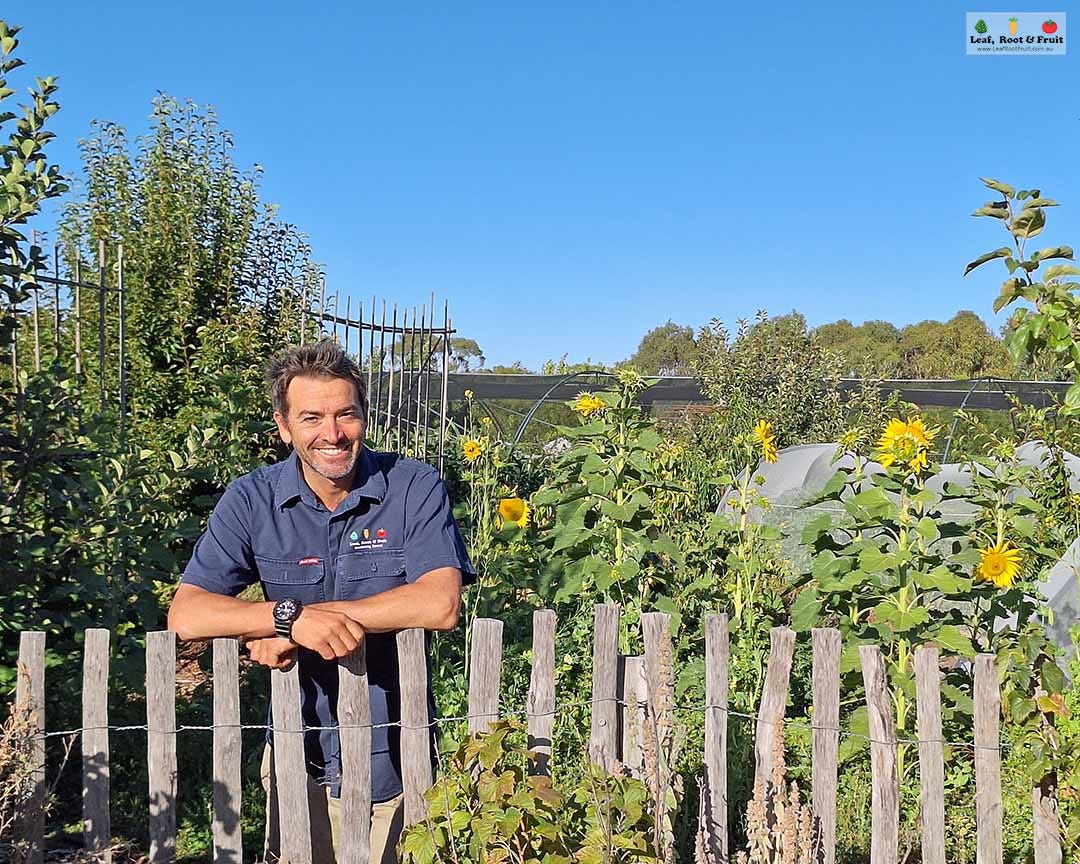I live in a relatively high rainfall area, but most of the rain falls in winter. I make the most of this by banking it in tanks. The rainwater is then delivered back to the garden in summer using a very efficient irrigation system that is buried under a thick layer of wood chip mulch. Combined with the odd summer downpour to recharge my anti-swales, thi…
© 2025 Leaf, Root & Fruit
Substack is the home for great culture




